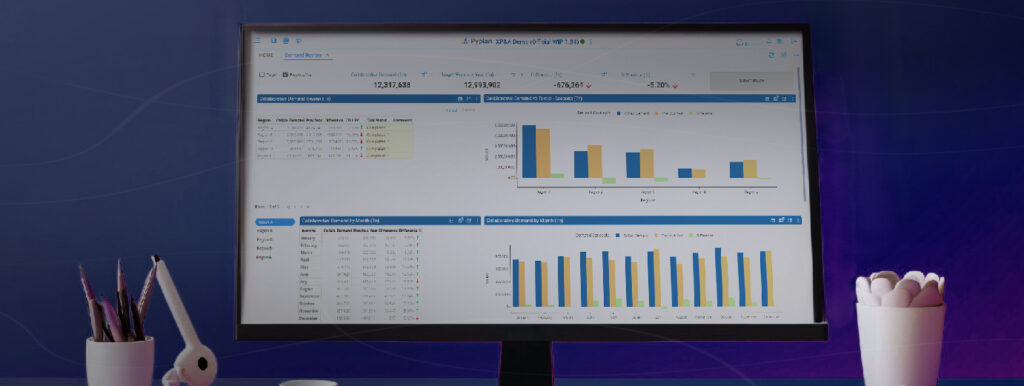Transforming Budgeting into Strategic Planning
Transforming the budgeting process into strategic planning requires organizations to embrace agility, scenario planning, and collaboration. By adopting agile budgeting practices, scenario planning, forecasting models built on business drivers, automation of reporting, and fast feedback loops, organizations can improve decision-making, drive performance, and achieve long-term success in today’s dynamic business environment.










